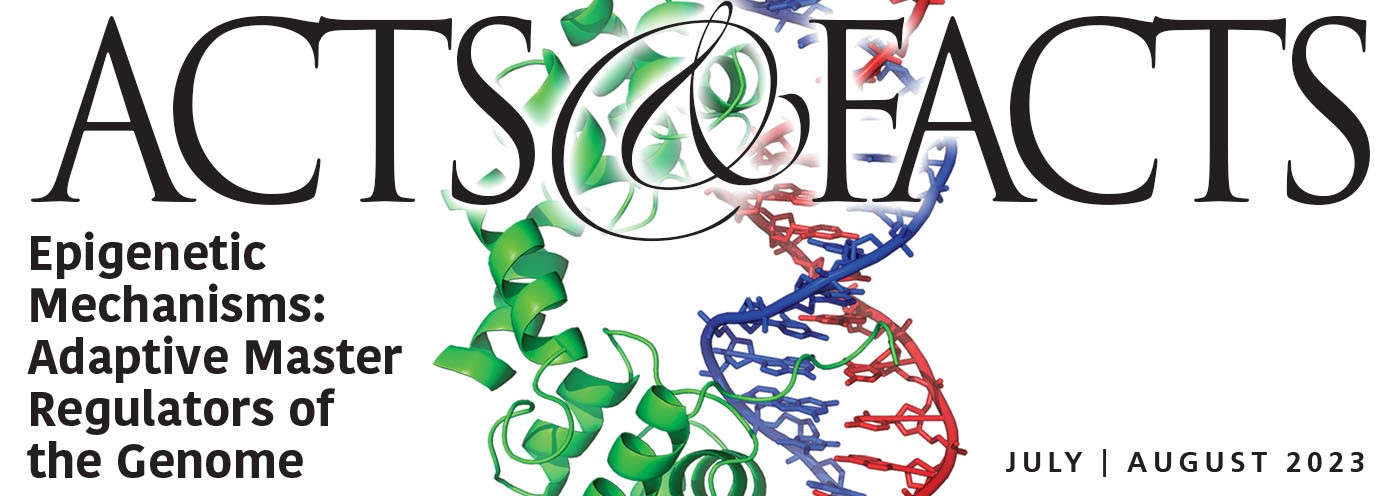Most people might be surprised to learn that the human genome has not been fully sequenced. Gaps still remain that have not yet been bridged because of the nature of the DNA sequence coupled with past limitations on DNA sequencing technology. Nevertheless, a study has just been published using new and improved technologies that have allowed for the first complete sequence of a human chromosome.1
Sequencing the complete human genome was first proposed and begun in the late 1980s, but did not pick up steam until the 1990s when robotic automation was applied to the process.2 In fact, the basic chemistry undergirding the sequencing process, known as Sanger-style sequencing originally invented in the 1970s, did not get usurped until about 2005 as new chemistries and technologies began to become available. The latest technologies, which allow for much larger snippets of DNA to be sequenced, have had a particularly large impact the past few years.
Because of past technology limitations, it has been difficult to sequence certain regions of the human and other vertebrate genomes and then assemble the numerous snippets afterwards. Because the older style DNA sequencing produced very short snippets of sequence and certain regions of chromosomes had groups of DNA letters (words) that were repeated over and over, it was difficult to computationally reconstruct long contiguous repetitive DNA stretches. New, long-read technologies that produce extremely long snippets of DNA are now allowing these difficult regions to be traversed.
This newly reported study presents a human genome assembly that markedly surpasses the continuity of the previous version, along with the first gapless, end-to-end reconstruction of a human chromosome.1 The researchers focused their efforts on a sex chromosome called the X chromosome. Females have two copies of the X chromosome and males have one X and one Y chromosome. Most importantly, these results demonstrate that completing the entire human genome is now within reach.
So what does this new study imply for the evolutionary story, particularly ape-to-human evolution? Quite interestingly, a variant of the new long-read sequencing technology was applied to chimp DNA and published in 2018.3 The researchers discovered that previous versions of the chimpanzee genome had been humanized because the human genome had been used as a guide to assemble the chimp DNA snippets. Furthermore, several independent studies using the new chimp DNA sequence were published showing that the chimp and human genomes could be no more than 85% similar to each other. Since many of these new regions in humans are being sequenced for the first time, as reported in this new study, which are already known to be dissimilar between chimps and humans (e.g. centromeres), it is likely that the numbers for human and chimp DNA dissimilarity will only grow larger.
References
1. Miga et al. 2020. Telomere-to-telomere assembly of a complete human X chromosome. Nature. DOI: 10.1038/s41586-020-2547-7.
2. Tomkins, J. 2011. How genomes are sequenced and why it matters: implications for studies in comparative genomics of humans and chimpanzees. Answers Research Journal. 4: 81-88.
3. Tomkins, J. P. 2018. Separate Studies Converge on Human-Chimp DNA Dissimilarity. Acts & Facts. 47 (11).
*Dr. Tomkins is Director of Research at the Institute for Creation Research and earned his doctorate in genetics from Clemson University.
First Human Chromosome Fully Sequenced
The Latest
Liberty and the Word of God
“And I will walk at liberty: for I seek thy precepts” (Psalm 119:45).
July 4th is called Independence Day here in our country because on...
July 2025 ICR Wallpaper
"These things I have spoken to you, that in Me you may have peace. In the world you will have tribulation; but be of good cheer, I have overcome...
Valued Longtime ICR Employee Mary Smith Retires
Mary Morris Smith, an employee of the Institute for Creation Research for many years, has retired. The second daughter of ICR founder Dr. Henry M. Morris...
Man of Science, Man of God: George Washington Carver
Who: George Washington Carver
What: Father of Modern Agriculture
When: 1864 or 1865 – January 5, 1943
Where: Diamond Grove,...
The Scopes Monkey Trial: A Battle of Worldviews
Rhea County Courthouse in Dayton, Tennessee, and its statue of William Jennings Bryan
Image credit: M. Mueller
The Scopes Monkey...
Long Non-Coding RNAs: The Unsung Heroes of the Genome
Evolutionary theory holds that all living things came about through random, natural processes. So conventional scientists believe the genome has developed...
Yosemite National Park, Part 1: Tiny Clues of a Grand Picture
Yosemite National Park in California is a sure source of stunning scenery. It’s no wonder that American naturalist John Muir persuaded President...
From Inference to Theory: A Common Design Case Study
Without a doubt, humans, chimpanzees, and other organisms share similar features. An early explanation was that these features reflect similar designs...
Creation Kids: T. rex
by Michael Stamp and Susan Windsor*
You're never too young to be a creation scientist and explore our Creator's world. Kids, discover...
Entering By The Door
Recently, I hosted a visiting pastor from a large church at ICR’s Discovery Center. As I guided him through our Dallas museum, one conversation...















